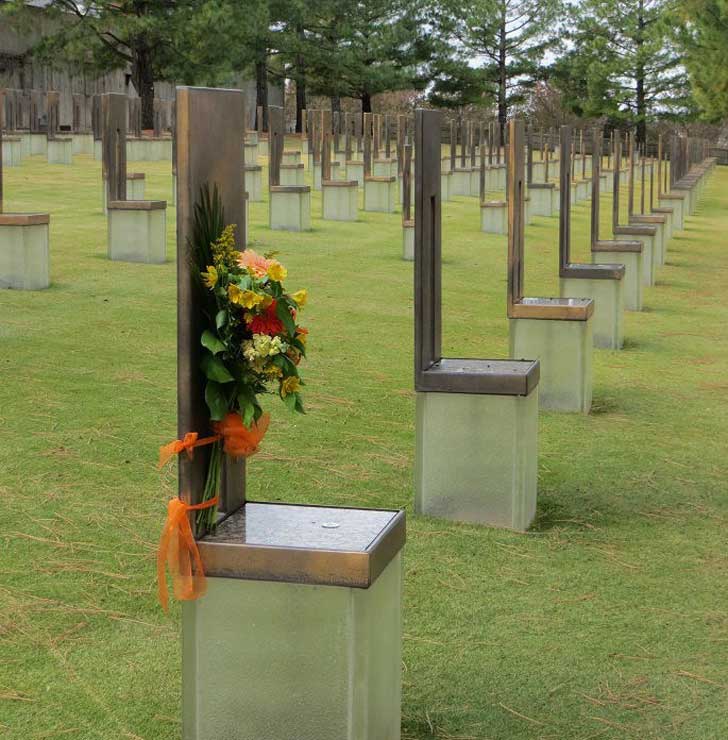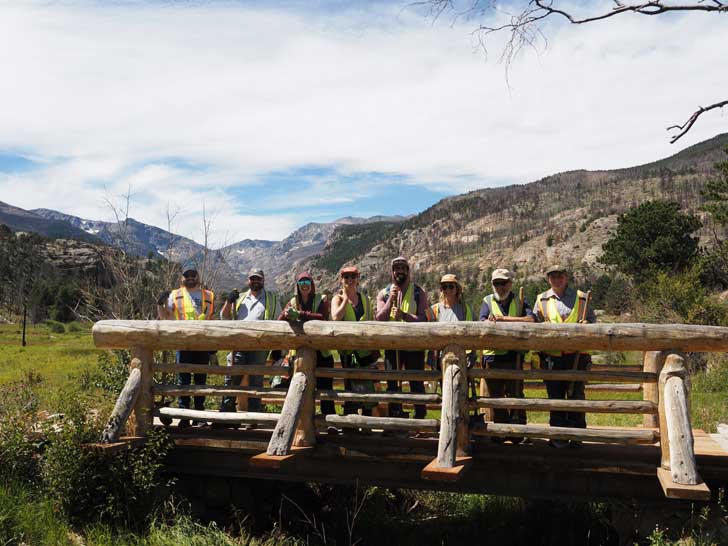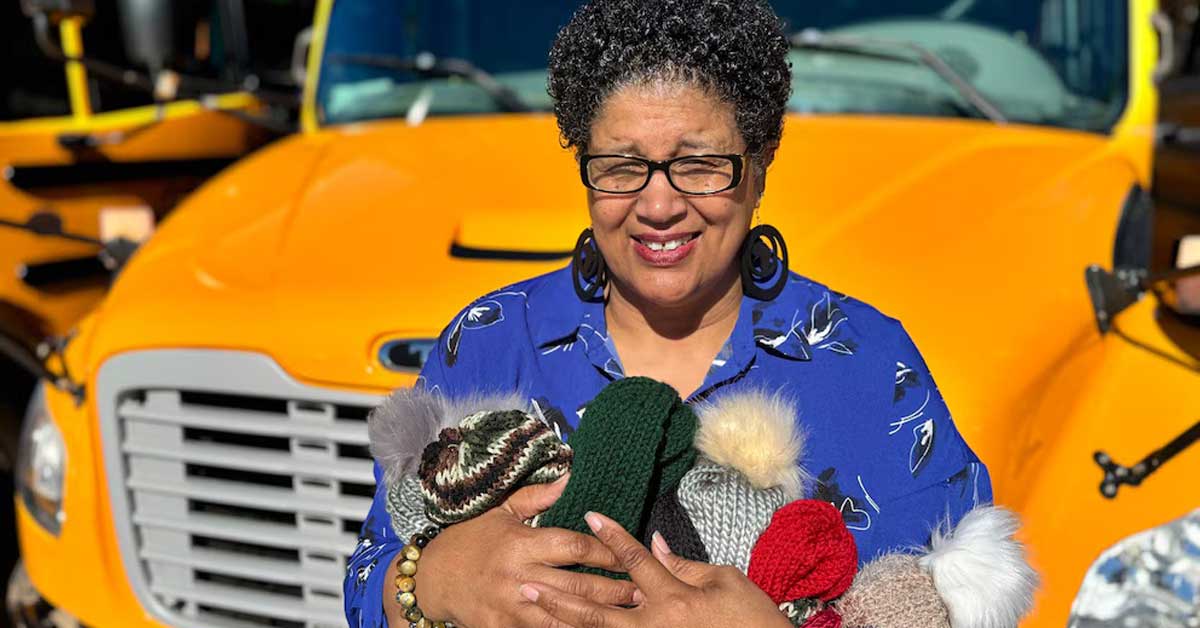During a government shutdown, national park sites face major operational challenges, with a majority of staff furloughed, services interrupted, and visitors left with fewer (or lower quality) amenities. These closures also impact nearby communities and local economies, even if guests continue visiting national park attractions.
“A government shutdown is never a good thing for national parks,” Lincoln Larson, an associate professor of parks, recreation, and tourism management at North Carolina State University, said.
“Some parks are forced to close due to staffing constraints. Those that remain open often operate at limited capacity, closing visitor centers, campgrounds, and other unique amenities that enhance the visitor experience. If you visit a national park during a shutdown, don’t expect the same type of trip.”
In the current government shutdown — which has been in place since October 1 — visitors are still eager to go to their beloved national parks and public lands. While any park ranger will tell you they love to see the parks packed with action, the impact of these mid-shutdown visits could cause serious harm to the sites people hold so dearly.
Rangers are also worried about seeing a repeat of vandalism and other damaging activities that took place in parks during the last government shutdown in 2018.
In Yosemite, reports already show that visitors are partaking in illegal — and dangerous — activities.
“This is exactly what we warned about,” Emily Thompson, executive director of the Coalition to Protect America’s National Parks, said in a statement issued following the reports of how visitors were behaving in Yosemite.
“This shutdown is making an already bad situation at national parks and public lands far worse. And the longer this goes, the worse it is going to get. The situation is dangerous and reckless for our parks, public lands, and the visitors who love them.”
These concerns are added to staffing cuts already made by the Trump administration earlier this year.
While it doesn’t make up for the lack of vital park staff, volunteers in sites across the country are stepping up to help where they can. Here are three examples of community members turning out to protect their national parks.
Volunteers step in to lead tours at Oklahoma City National Memorial

The Oklahoma City National Memorial is a designated National Park Service site honoring the 168 lives lost in the 1995 Oklahoma City bombing.
Amid the government shutdown, tours typically led by park rangers were unable to go on as scheduled — until volunteers stepped in.
People who were directly affected by the bombing have stepped in as temporary tour guides, NPR reported, with family members and even survivors walking visitors through the exhibit.
“It’s a story … that we really want to put in front of everyone each and every day,” said Susan Winchester, a volunteer who lost her sister, Margaret Clark, in the bombing.
“As a volunteer, I’m more than happy to be here and be outside on a beautiful, sunny Oklahoma day giving a tour. This is perfect.”
Visitors told NPR that they found the tour to be even more compelling, since it was led by someone who had a direct connection to the memorial. A museum next to the National Memorial also remains open, since it is run by a partner nonprofit that isn’t funded by the government.
Winchester seems to take no issue with shouldering the responsibility for the time being.
“If we have the opportunity to … make a difference … be positive, do something for the good and the good of all, I mean, that's what it's about,” she told NPR.
Local food bank expands to support Grand Canyon National Park rangers

Nonprofit partners have long existed to serve national parks and their surrounding areas, but the shutdown has made it even more necessary for this work to reach people in need.
For furloughed national park employees, the Flagstaff Family Food Center is stocking up a small food pantry inside Grand Canyon National Park.
The Flagstaff pantry itself is nearly 80 miles away, but for now, a single staff member coordinates the pantry inside of Grand Canyon Village, set up in the park’s former jailhouse.
It existed in the spot prior to the shutdown — designated specifically for unpaid government employees and volunteers supporting the park — but now it’s seeing even more action.
“I’ll have all this filled up by tonight, but I’ve got diapers and feminine hygiene products,” Heather Lapre, from the food pantry, told Arizona Public Radio on the first day of the shutdown, as she moved milk crates around the small building.
“I have limits on things that are limited, and I like to always keep my produce and bread as unlimited as possible.”
Lapre has lived at Grand Canyon Village for 16 years and volunteered at the pantry during the government shutdown in Trump’s first term. She’s been a full-time employee of the food center for 11 months.
She knows what to expect, and she’s ready to serve.
“It was exhilarating to see people help each other,” Lapre told Arizona Public Radio, “and it was a tremendous amount of work, too.”
Volunteers coordinate trash pickups in Rocky Mountain National Park

Just beside the border of Rocky Mountain National Park in Estes Park, Colorado, the YMCA of the Rockies has been leading group hikes to collect trash and replace garbage bags in the popular national park.
In addition to giving locals and visitors a way to continue exploring the park amid the shutdown — leaders traverse with volunteers across a 4-mile terrain — they get to do a little good, too.
“We wanted to be good neighbors,” Jason Nelson, marketing and communications director for YMCA of the Rockies, told 9News Denver. “We were able to collect a giant bag’s worth [of trash]. Our plan is to kind of keep it going for as long as the shutdown goes on.”
The organizers say they will switch up their locations for every hike to help make sure various areas of the park are covered by their efforts.
At a recent cleanup, some volunteers were students on fall break with their friends, but leaders at YMCA of the Rockies are constantly present, wanting to keep their community safe and clean for anyone to enjoy.
“There's lots of people coming into the park, experiencing the park maybe for the 50th time, maybe for the first time,” Nelson said, “and we want them to experience the wonder and beauty that I know … I experienced the first time I stepped foot into Rocky Mountain National Park.”
Header image by NPS Photo / Colton Johnston



